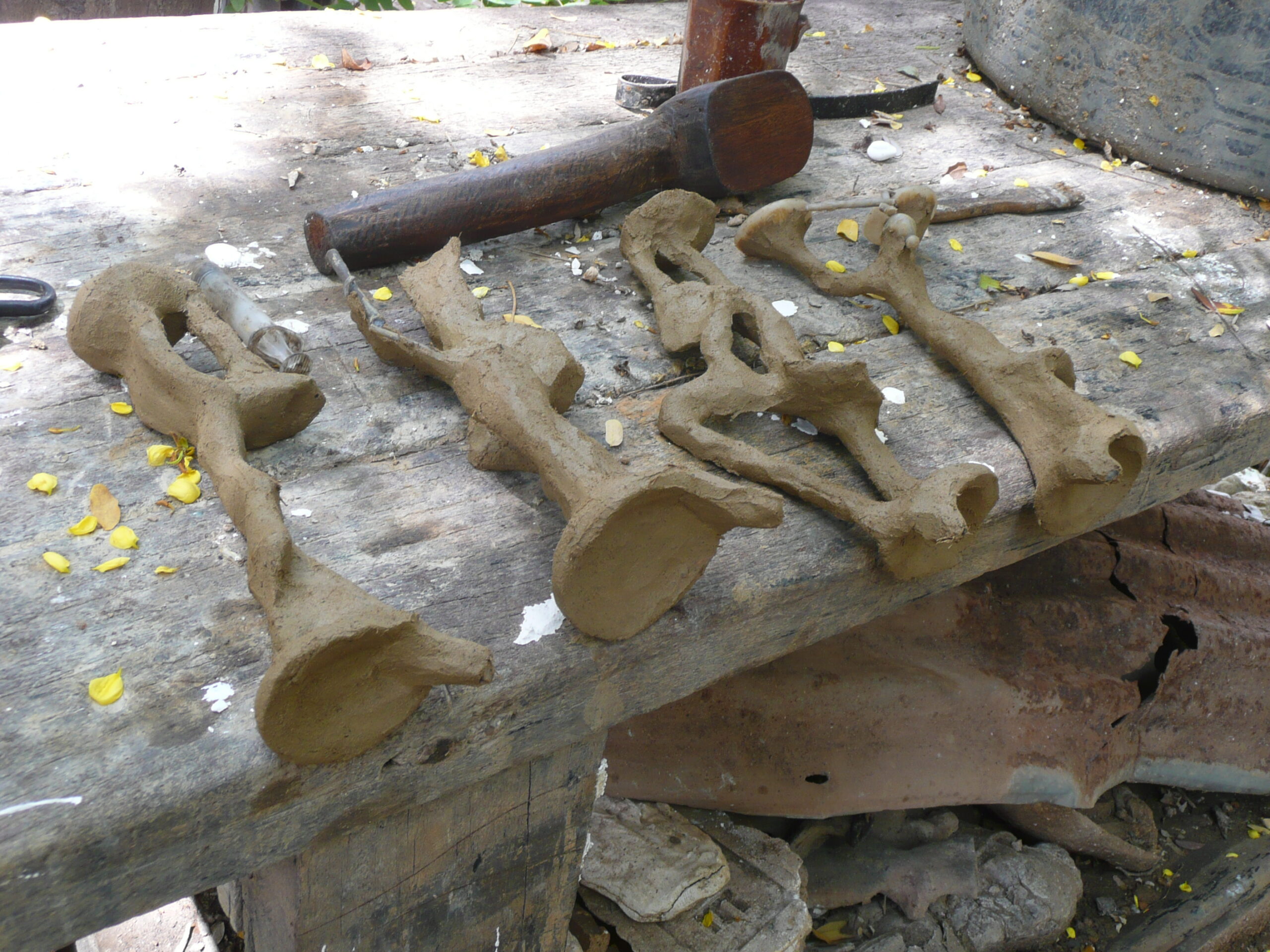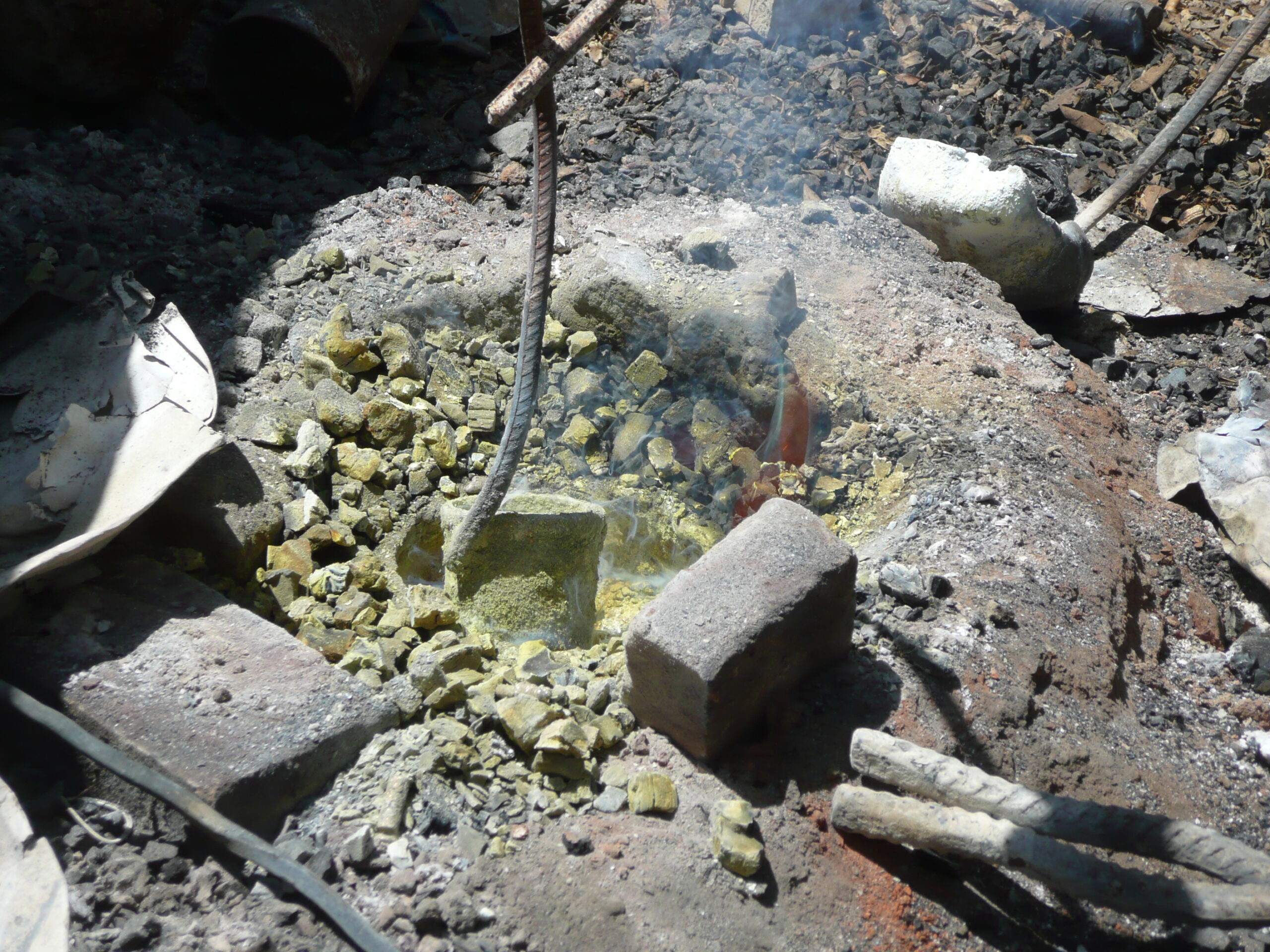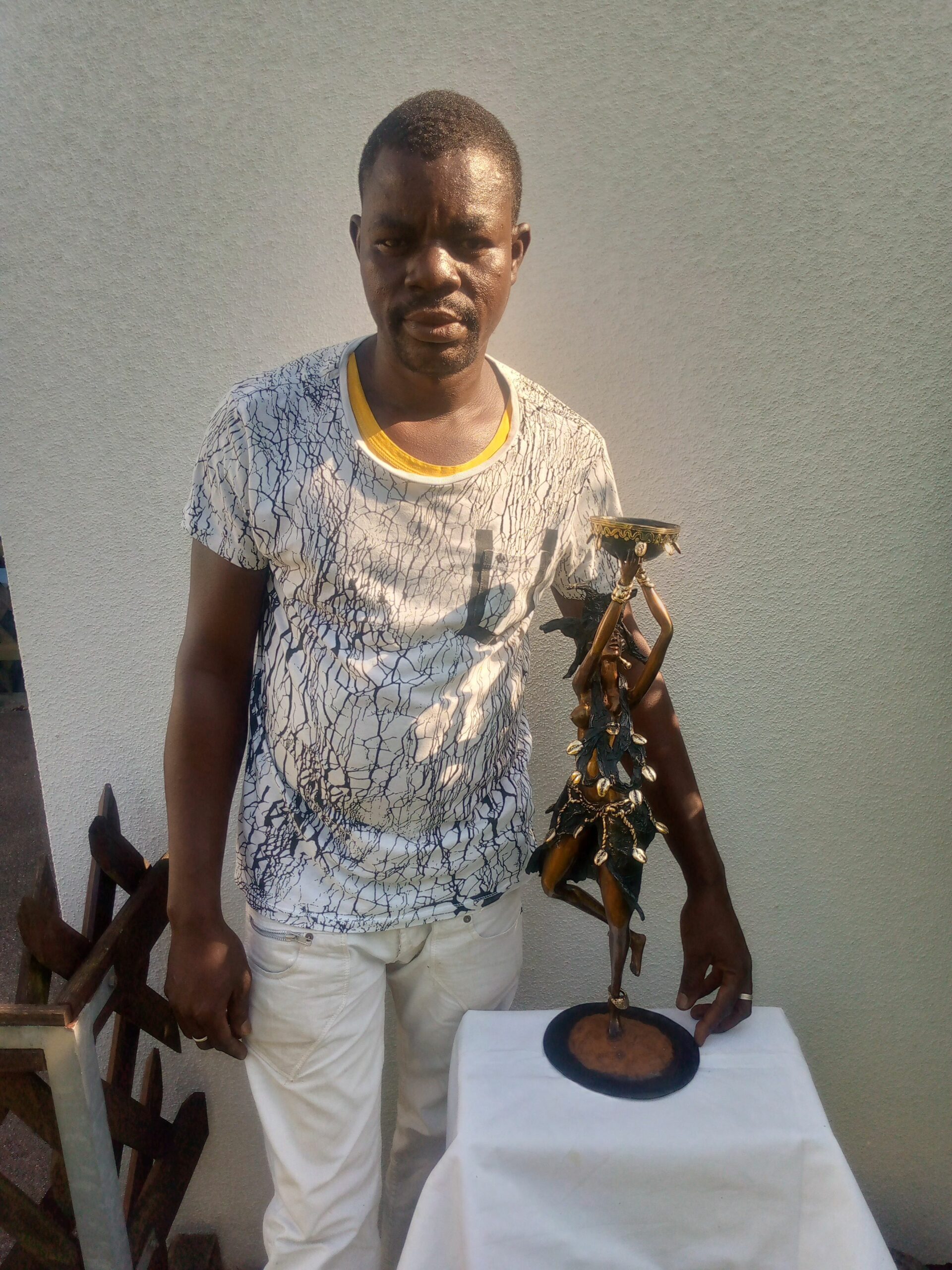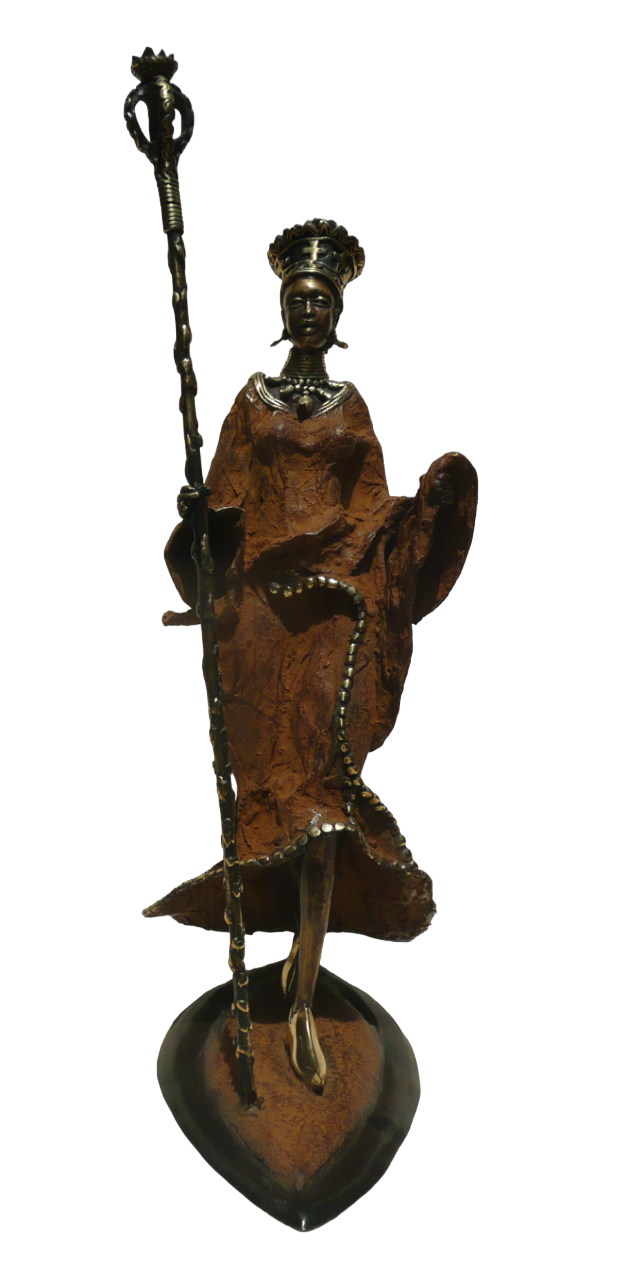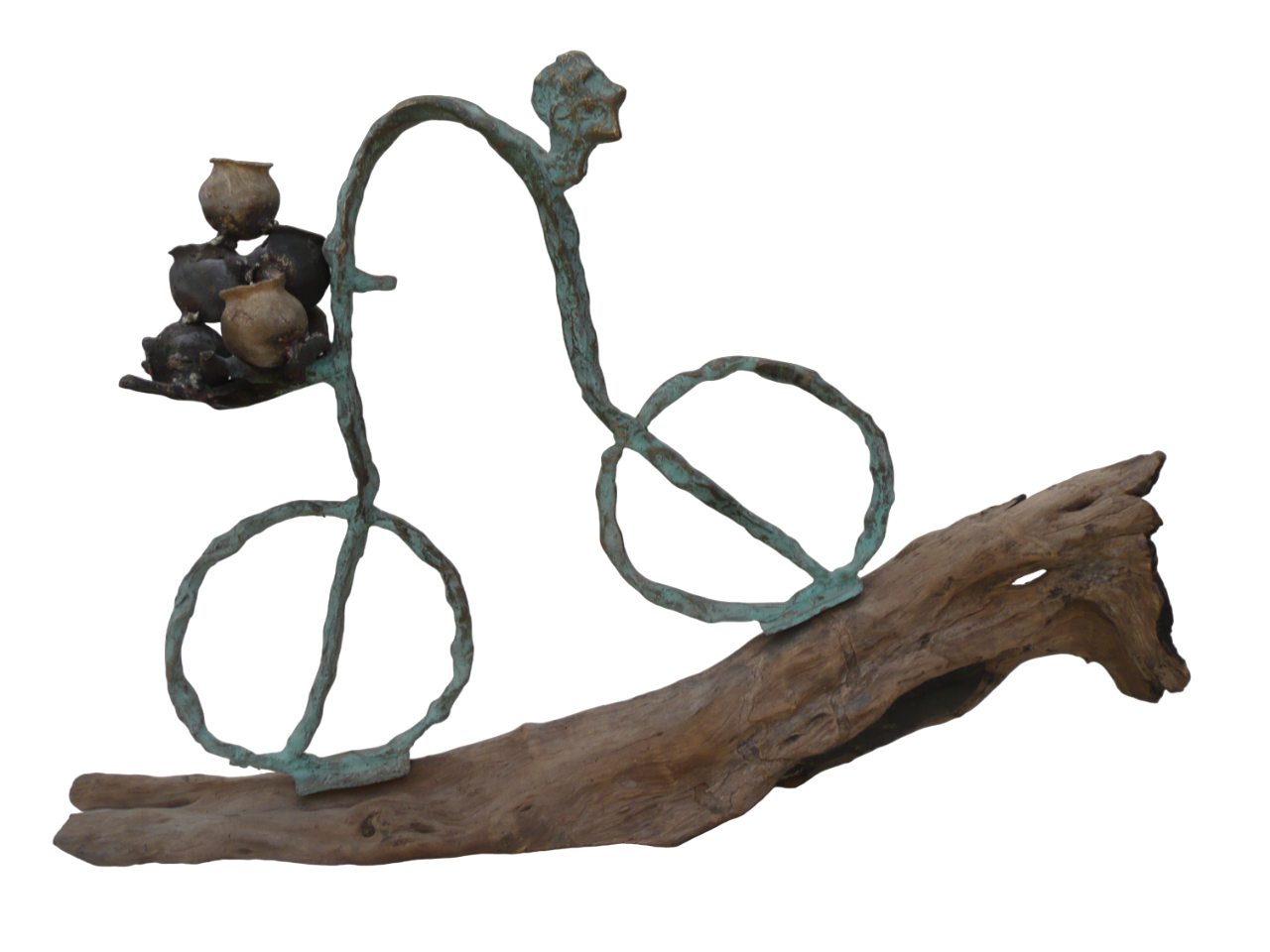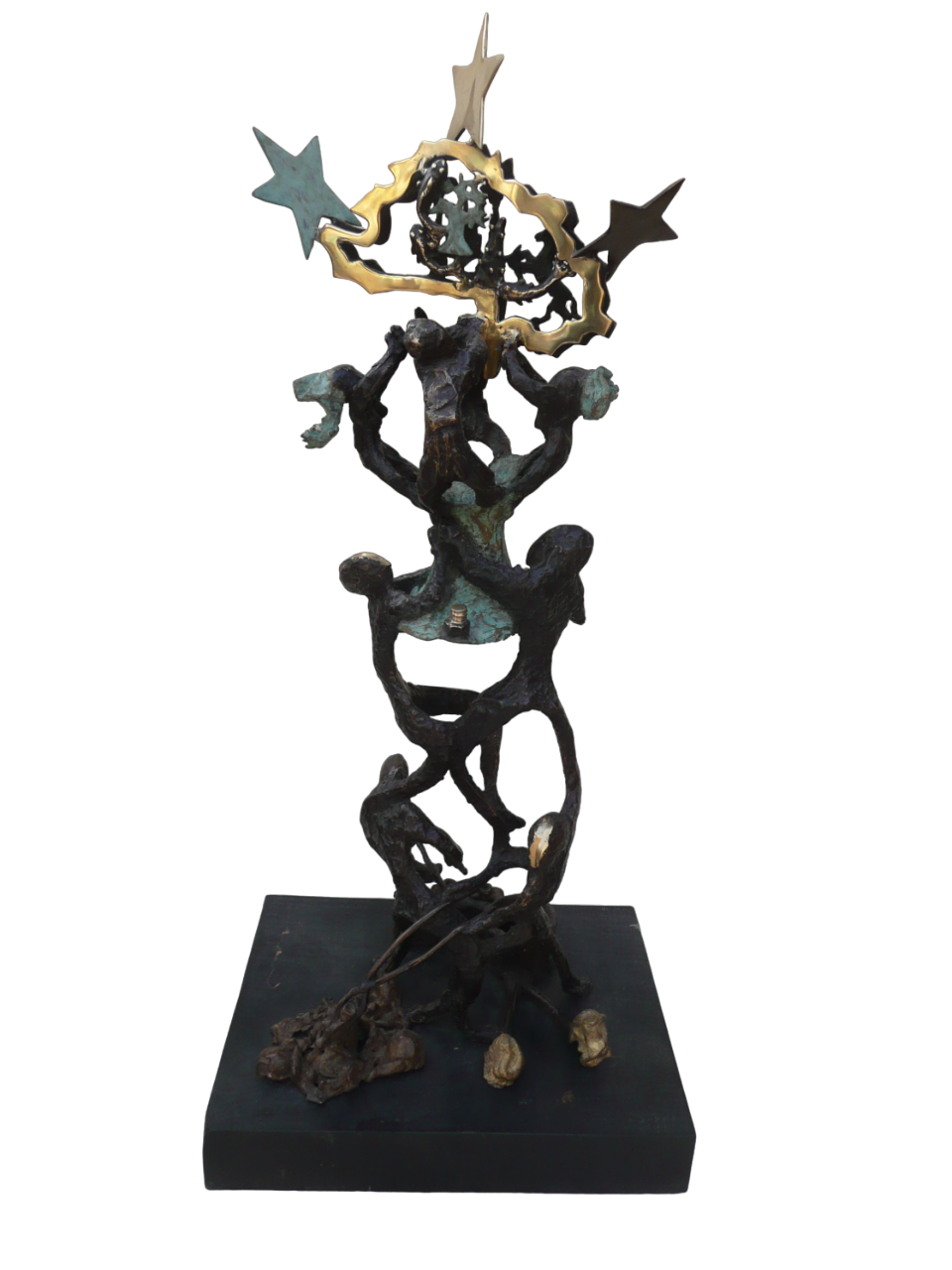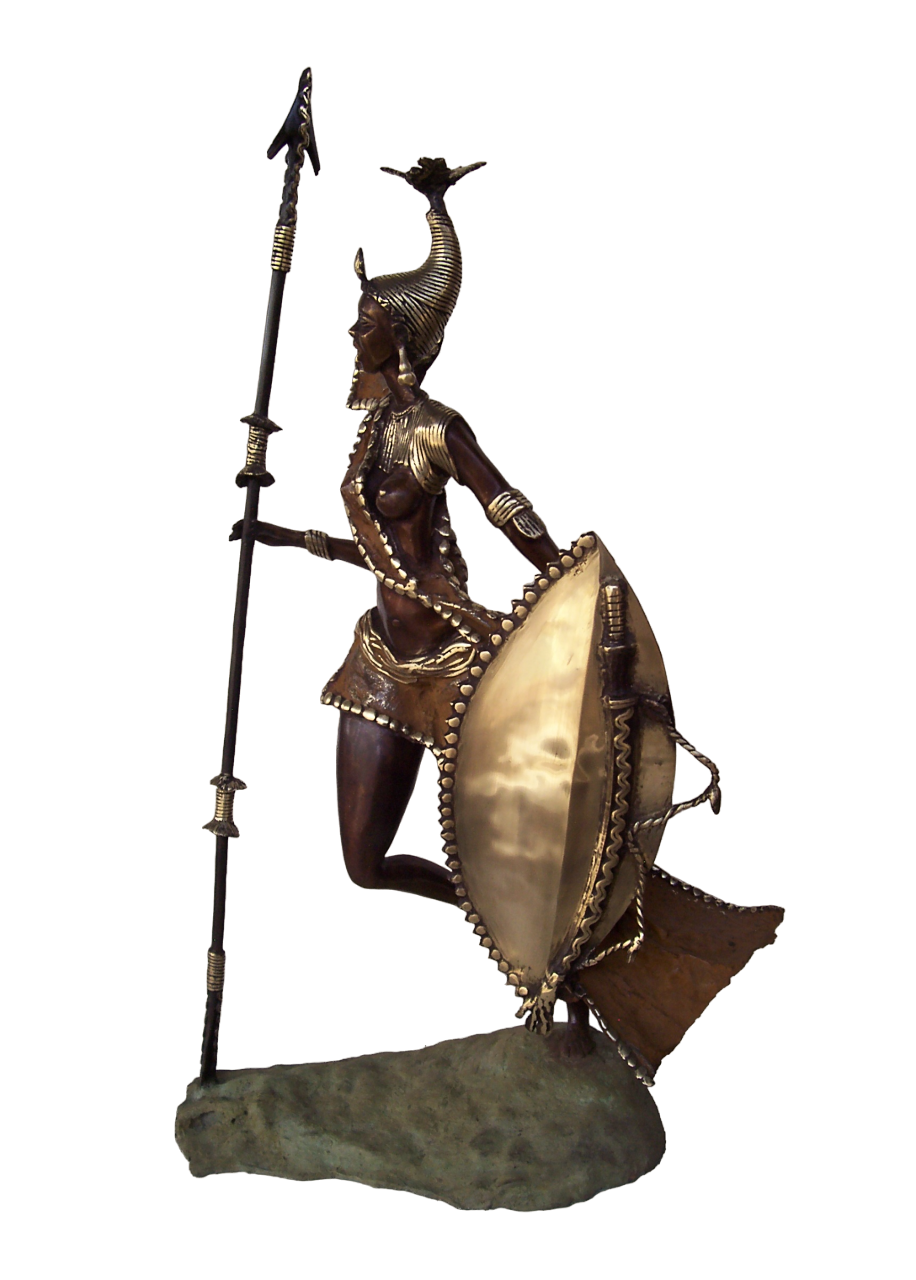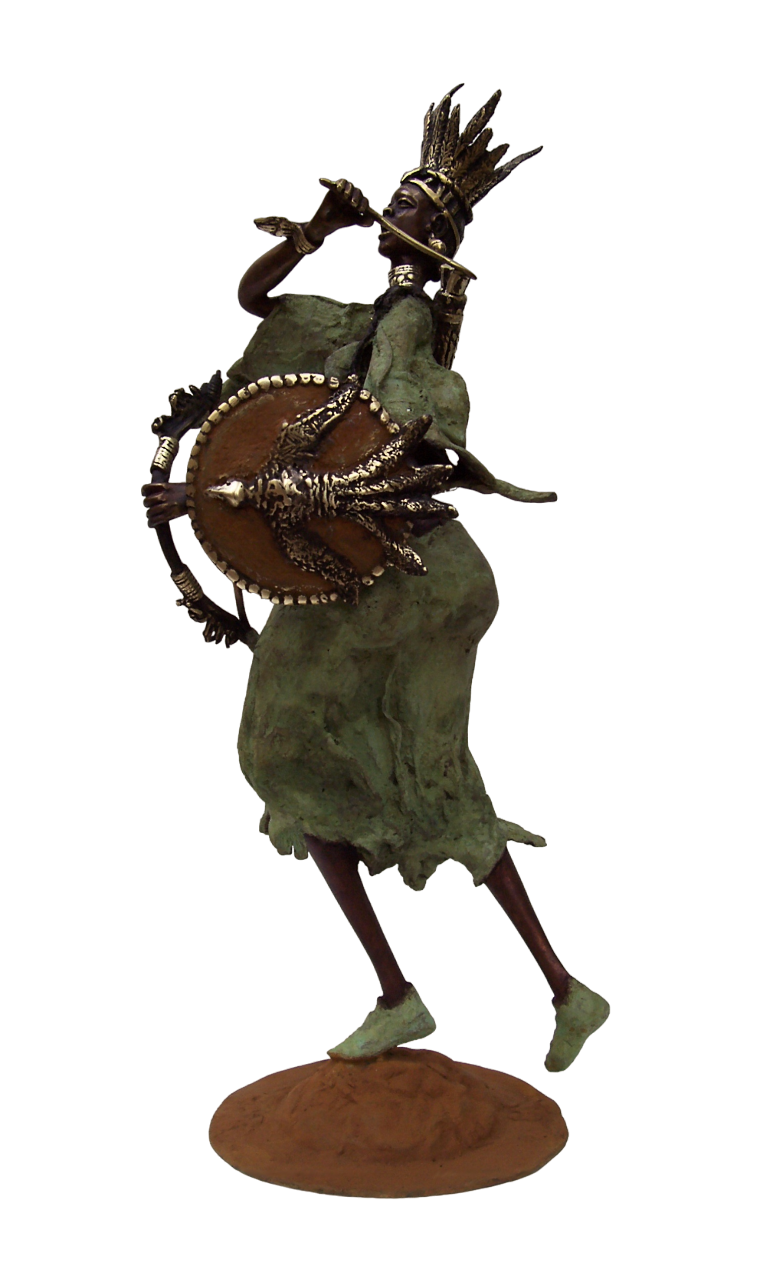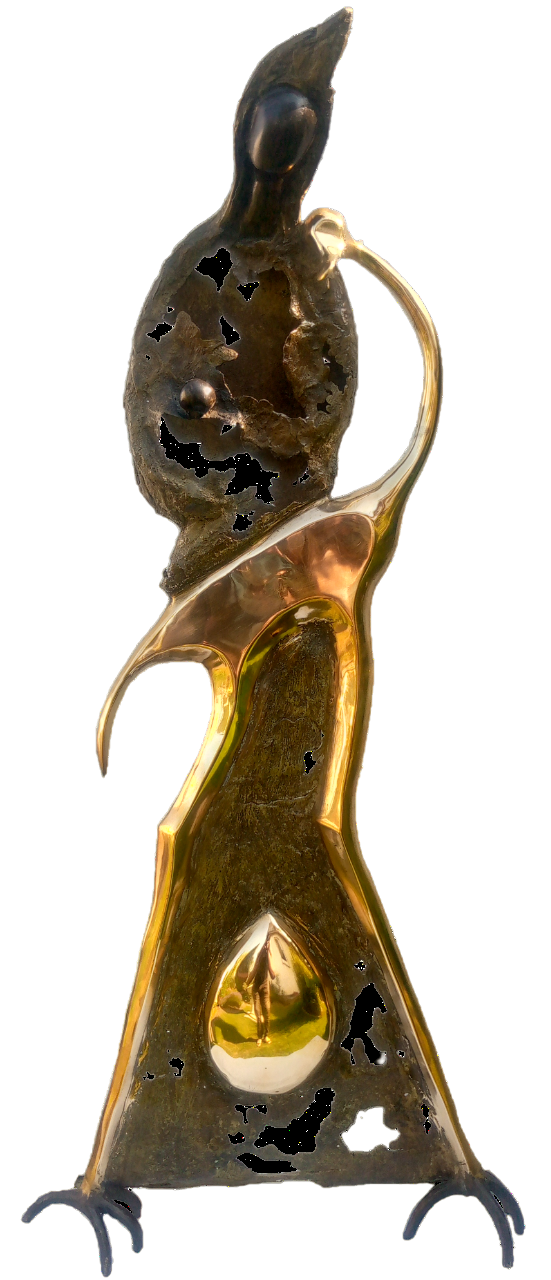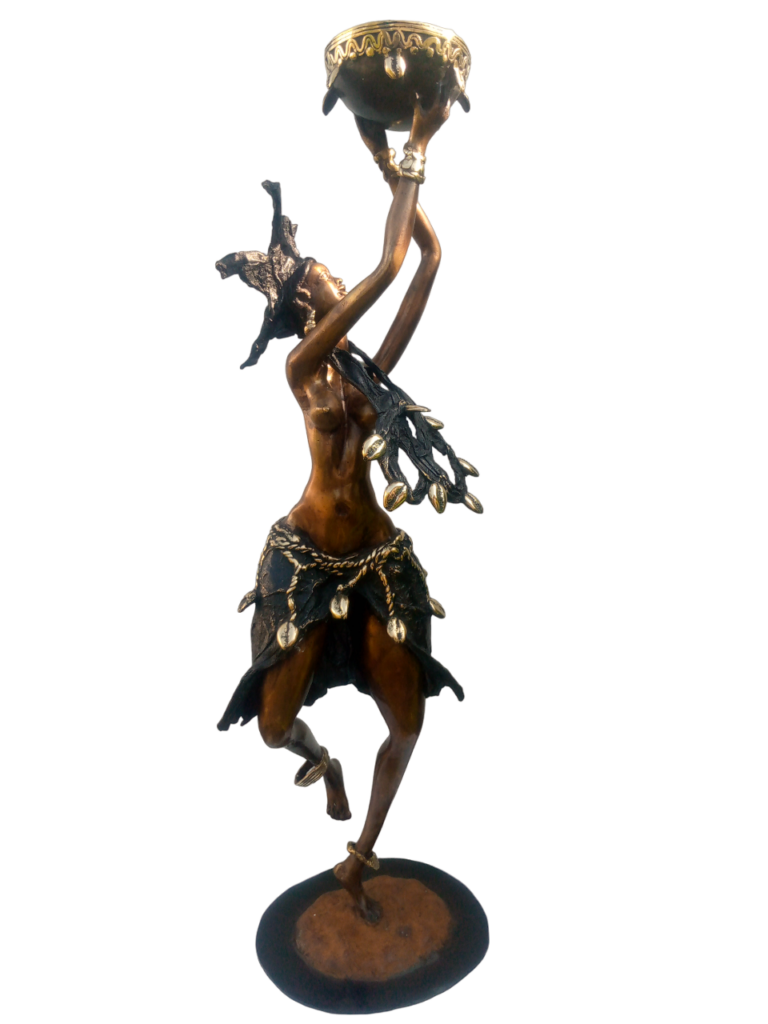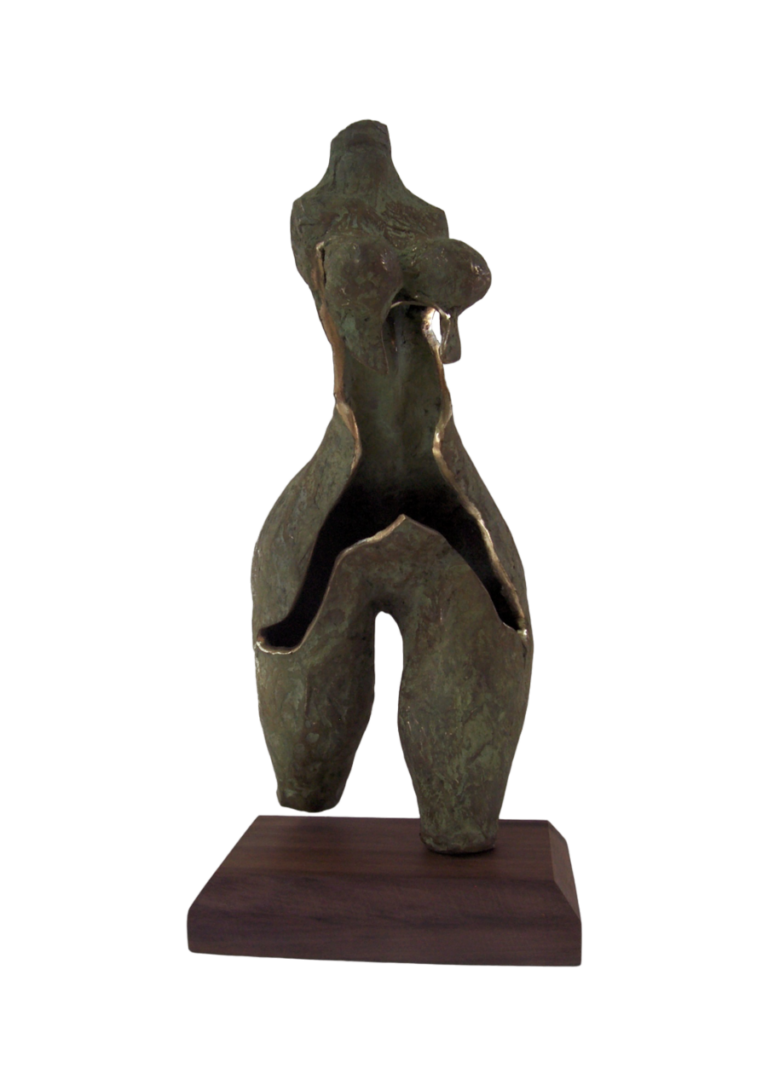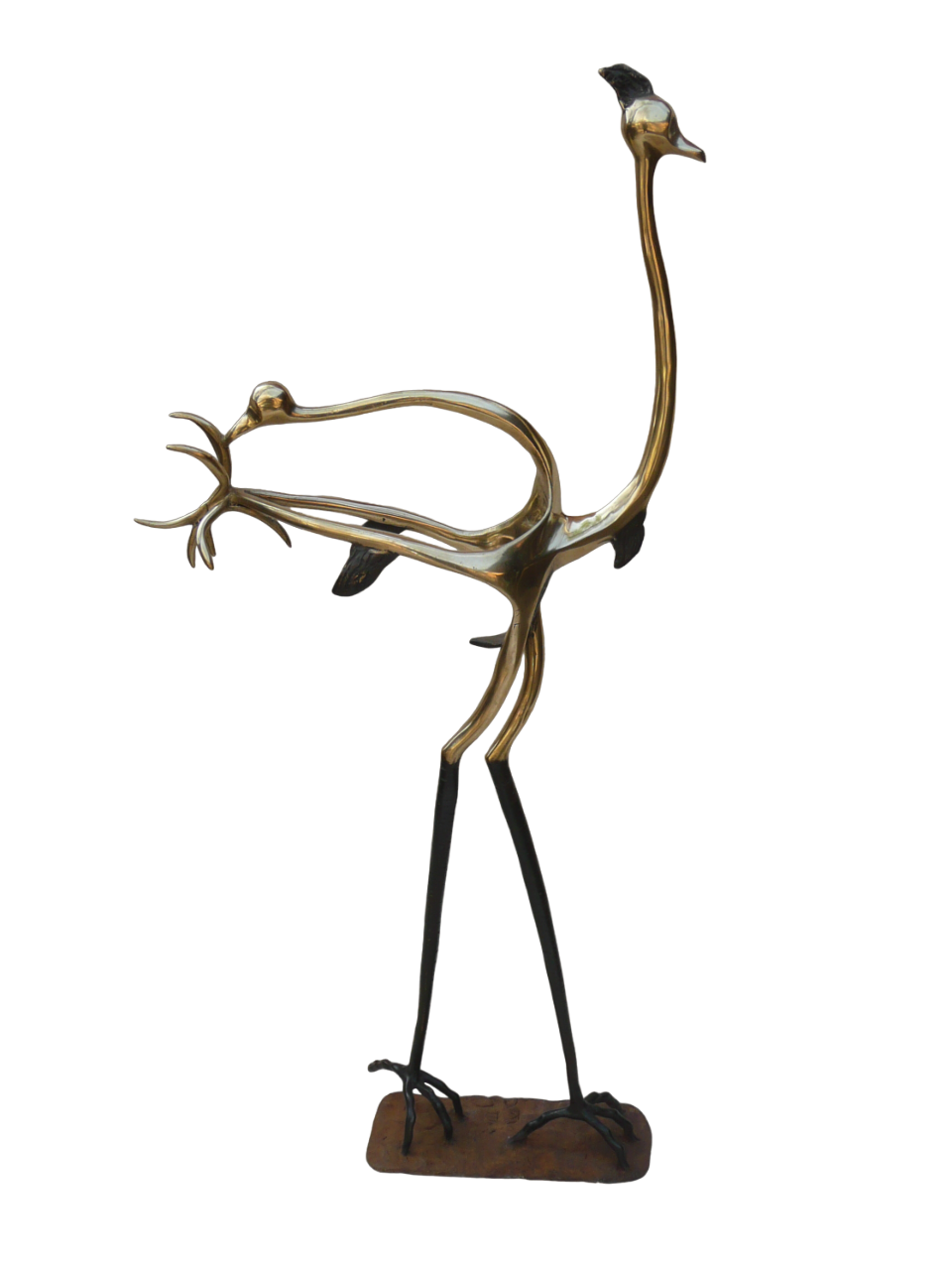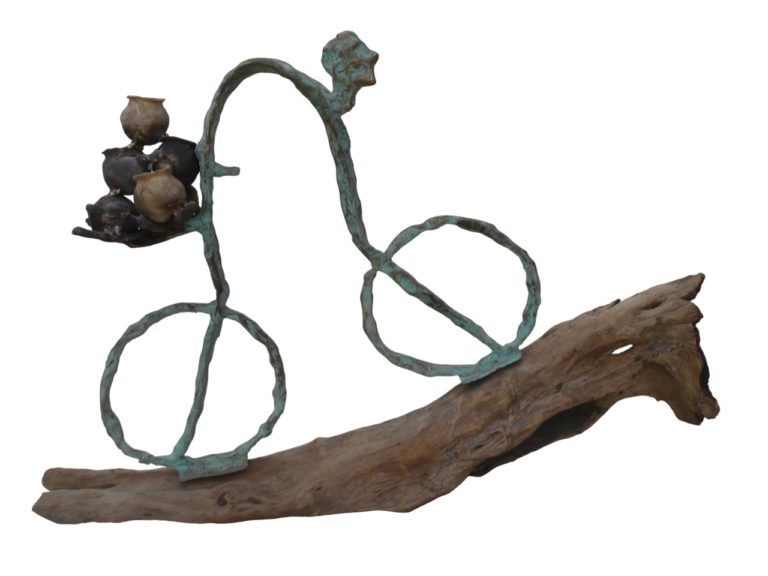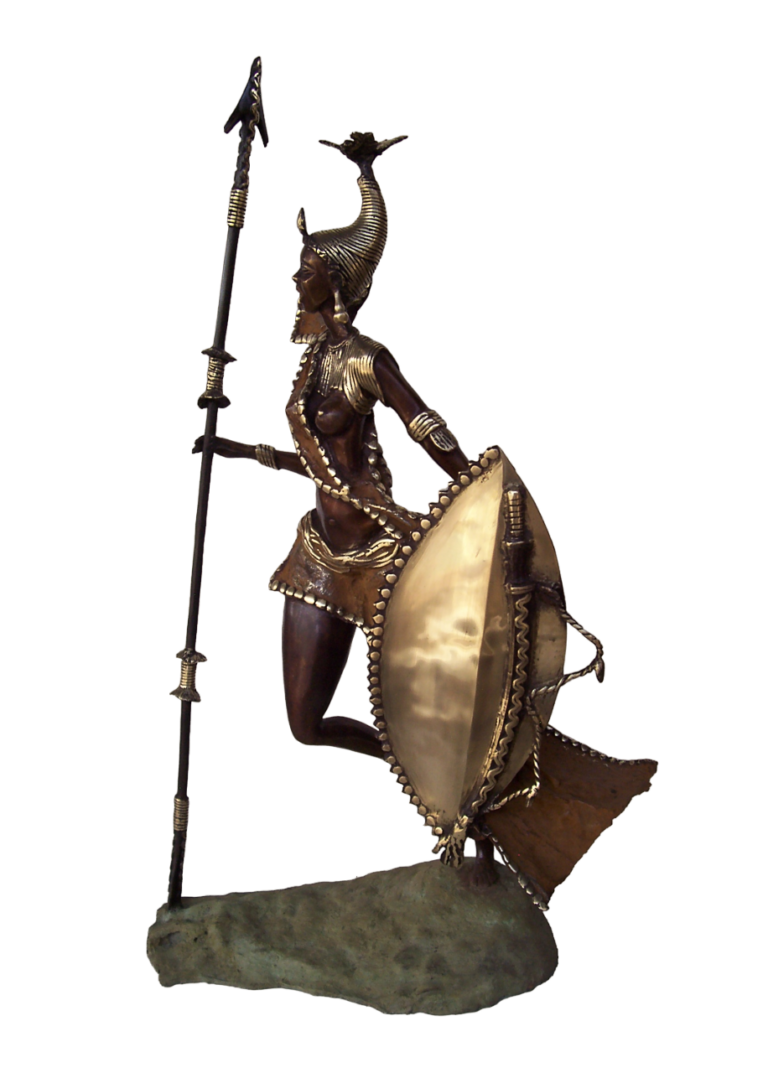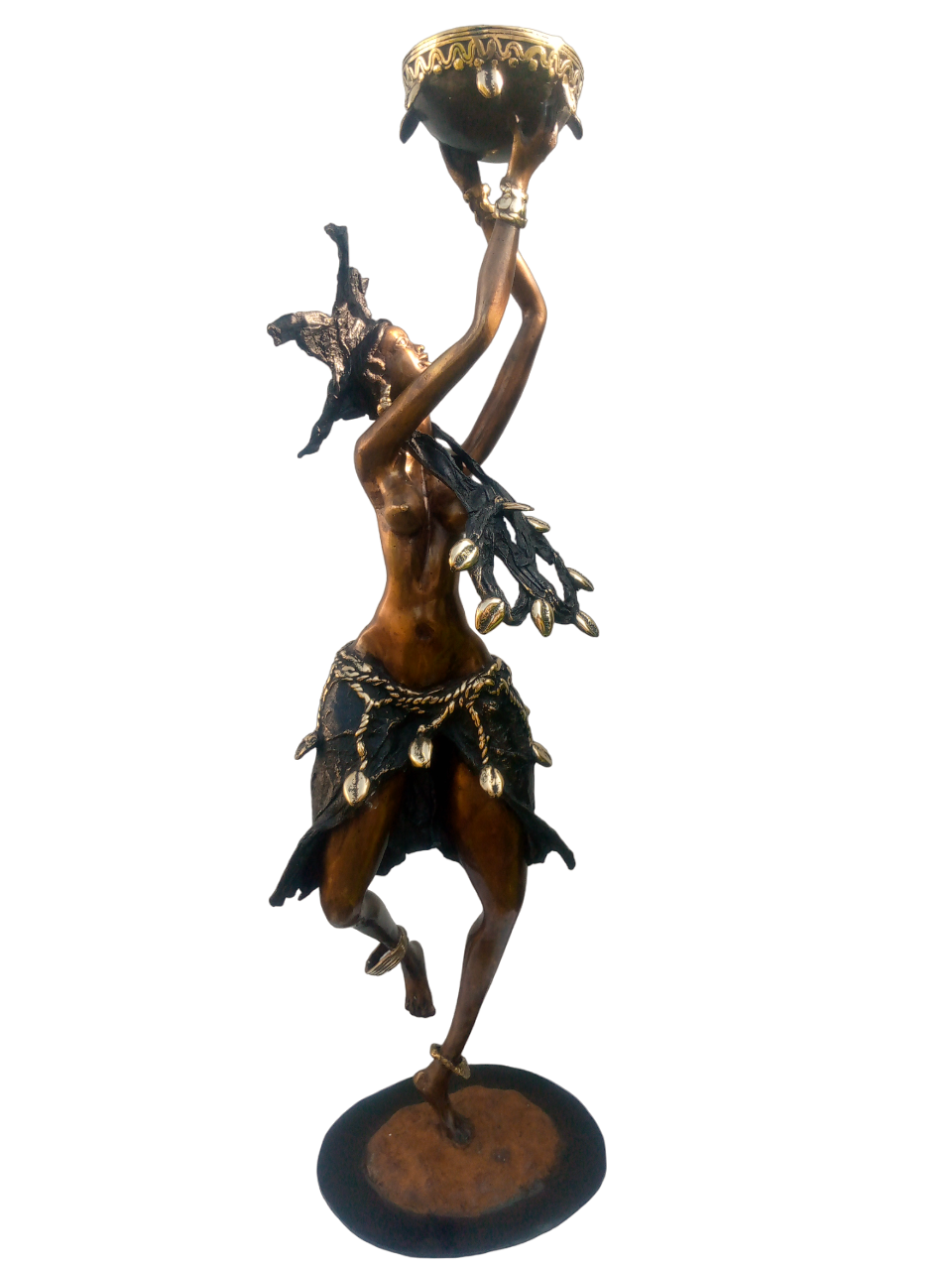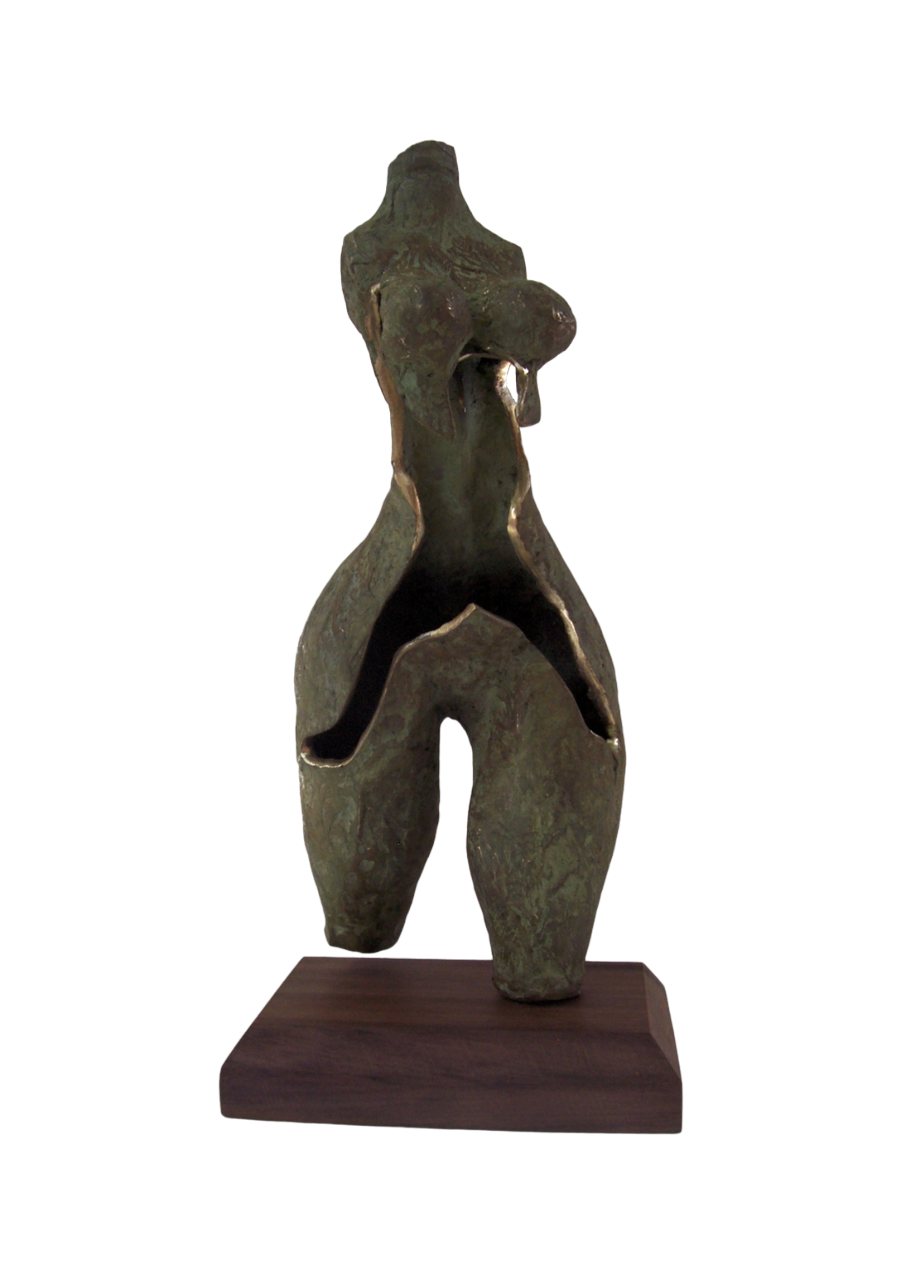
Some of my creation
Queen
Eric Arba KABORE
Bronze
High: 59 cm
Canaris seller
Eric Arba KABORE
Bronze and wood
High : 40 cm
The union make strenght
Eric Arba KABORE
Bronze
High : 70 cm
Mossi Warrior
Eric Arba KABORE
Bronze
High: 60 cm
Hunter
Eric Arba KABORE
Bronze
High : 55 cm
Queen
Eric Arba KABORE
Bronze
High: 59 cm
Canaris seller
Eric Arba KABORE
Bronze and wood
High : 40 cm
The union make …
Eric Arba KABORE
Bronze
High:70 cm
Mossi Warrior
Eric Arba KABORE
Bronze
High: 60 cm
Hunter
Eric Arba KABORE
Bronze
High : 55 cm
OstrishWoman
Eric Arba KABORE
Bronze
Hauteur : 33cm
The Dancer
Eric Arba KABORE
Bronze
High : 63 cm
Women Bust
Eric Arba KABORE
Bronze
High: 33cm
Mask
Eric Arba KABORE
Bronze
High 23 cm
The Ostrish
Eric Arba KABORE
Bronze
High : 60 cm
OstrishWoman
Eric Arba KABORE
Bronze
Hauteur : 33cm
The Dancer
Eric Arba KABORE
Bronze
High : 63 cm
Mask
Eric Arba KABORE
Bronze
High 23 cm
The Ostrish
Eric Arba KABORE
Bronze
High : 60 cm
Women Bust
Eric Arba KABORE
Bronze
High: 33cm
About this creator
Eric Arba KABORE
OUAGADOUGOU

-
2008 He completed further training at the German Cultural Center of the Goethe Institute.
-
2009 Exhibition at Villa Yiri Souma in Ouagadougou. u.
-
2013 He erected a monument in the provincial capital of Dosso in Niger.
-
2014 Exhibition in Cotonou, Benin.
-
2016 Exhibition at the National Museum of Ouagadougou.
- 2018 Participation in the International Crafts Fair (SIAO) in Ouagadougou
Eric Arba Kaboré, born in Ouagadougou in 1983, specializes in bronze sculptures.
Since 1995 he has been working as a sculptor. 1998 he joined the Artists’ Village in Ouagadougou. Since 2000 he is working in the Centre National d’Artisanat et d’Art (CNAA) in Ouagadougou and was featured several times at national arts competitions.
The style of Eric Kaboré is characterized by a vast creativity, however he always remains faithful to the traditions of his home country. In fact in his work, there is no clear separation between art and craft, so we find traditional slim “african” every day people and ultra-realistic representations of dancers and warriors, as well as abstract combinations of men with birds or several human beings that melt into a single shape. He has a special talent for representing movements which shows in most of his output. All his works are examples of masterly craftsmanship. Of course, being a bronze sculptor in Burkina Faso, he casts all his creations himself.
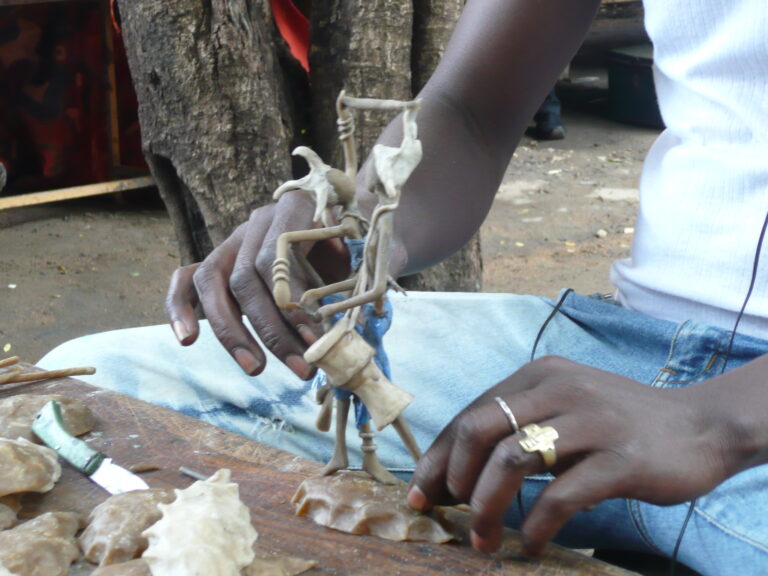
My Methodology
Bronze sculptures from Burkina Faso have been and are up to today manufactured with the technique of “lost-wax casting”. A positive wax model of the sculpture – with casting channels – is produced and after completion covered with clay.
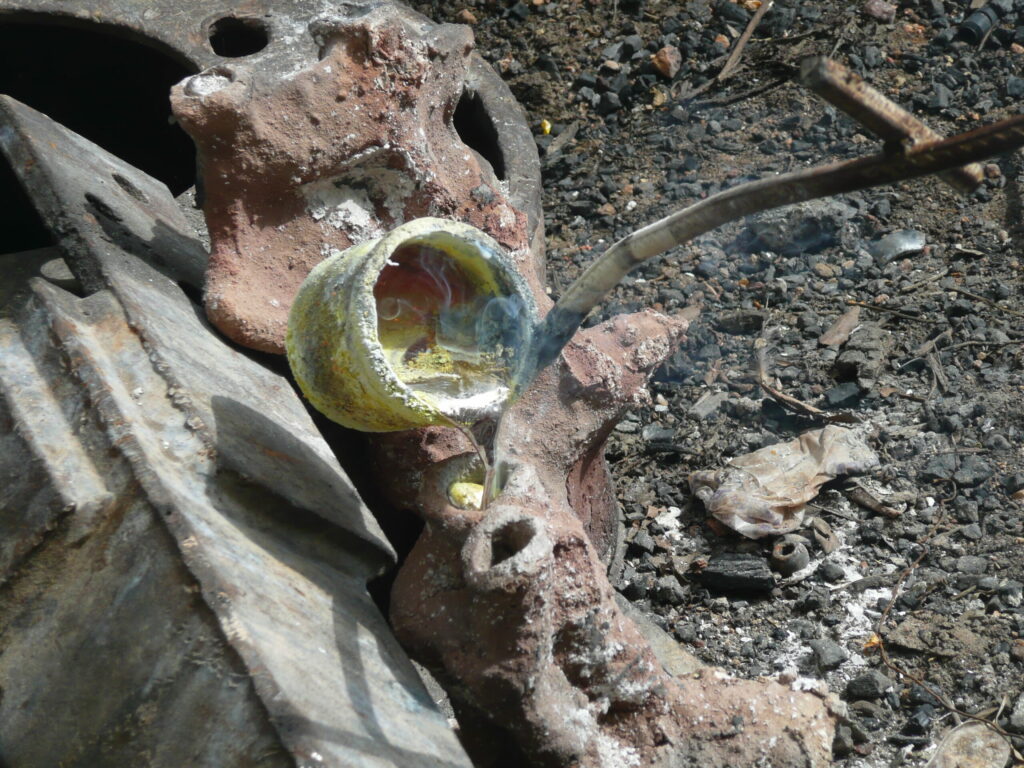
When this layer has hardened, a second layer is added and reinforced with metal if necessary for protection. After the clay has been baked and the wax has run out, the resulting cavity can be filled with either bronze, copper or brass. der entstandene Hohlraum mit Bronze, Kupfer oder Messing gefüllt werden.

When this layer has hardened, a second layer is added and reinforced with metal if necessary for protection. After the clay has been baked and the wax has run out, the resulting cavity can be filled with either bronze, copper or brass.
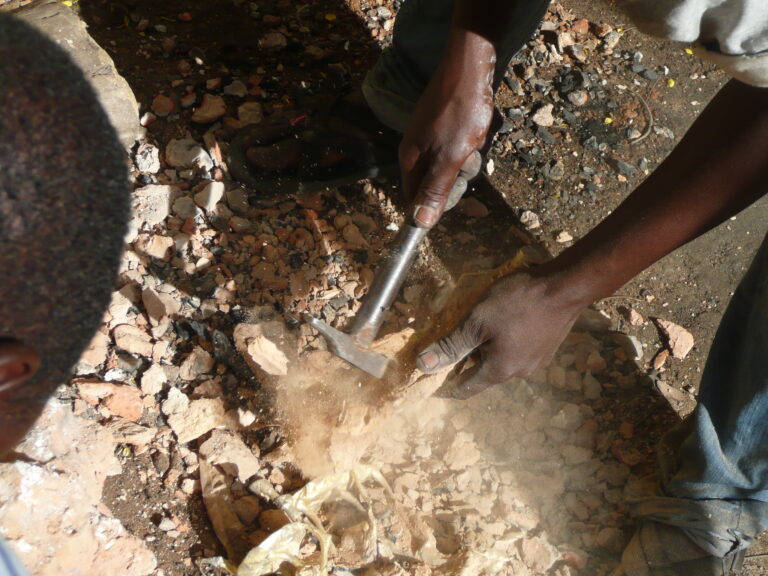
After cooling off, the inner and outer mold are shattered to reveal the sculpture. Now the casting channels are removed and the piece is finalized, engraved and frequently patinated. Artificial patina was commonly applied even to antique pieces and achieving a high esthetic level.
This technique is still alive today. Artists like Eric Arba Kaboré produce brass and bronze sculptures of extraordinary beauty and artistic appeal.

